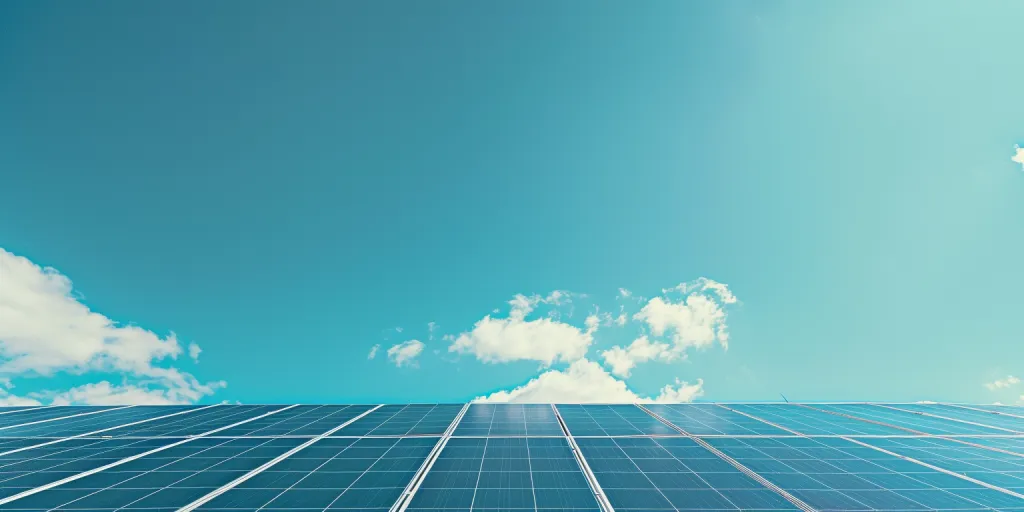In an era where sustainability is not just a choice but a necessity, solar panels have emerged as a beacon of hope. They offer a promise of renewable energy, independence from fossil fuels, and a significant reduction in carbon footprint. This article delves into the intricacies of solar panels, covering the aspects most crucial to users: types, efficiency, installation, cost, and maintenance. By unpacking these elements, we aim to provide a clear, authoritative guide that empowers you to make informed decisions about adopting solar technology.
Table of Contents:
– Understanding the different types of solar panels
– Unveiling the efficiency of solar panels
– The installation process: What to expect
– Cost analysis: Investment and savings
– Maintenance and longevity: Keeping your panels at peak performance
Understanding the different types of solar panels
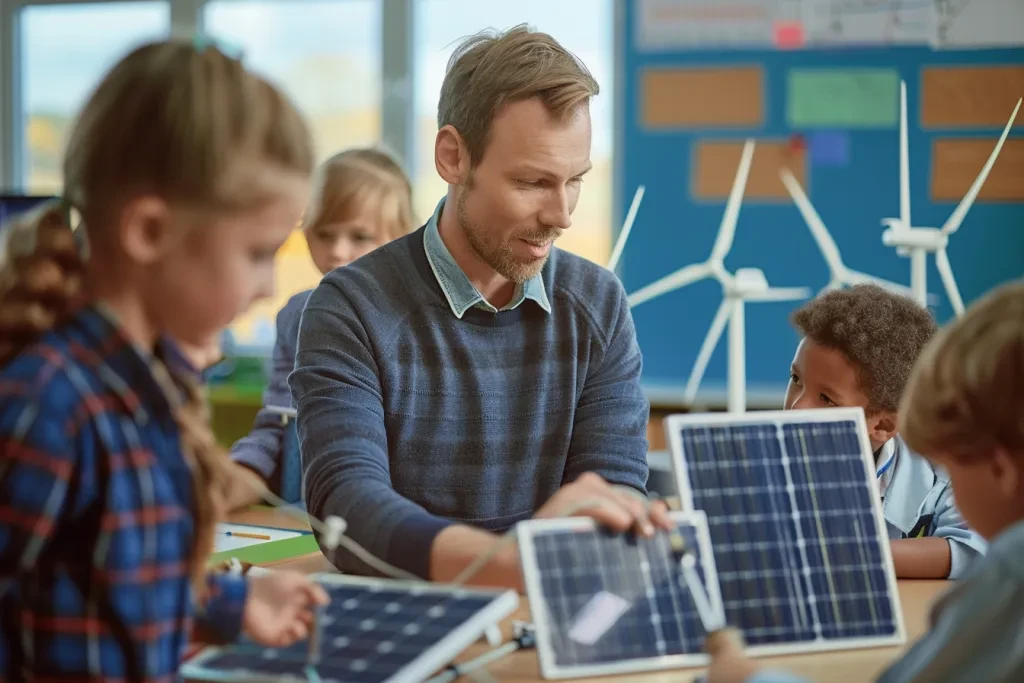
Solar technology has evolved, offering various options to cater to different needs and environments. The three primary types are monocrystalline, polycrystalline, and thin-film solar panels. Monocrystalline panels, known for their high efficiency and sleek appearance, are made from a single crystal structure. They are ideal for areas with limited space but come at a higher cost. Polycrystalline panels, recognizable by their blue hue and speckled appearance, are made from multiple crystal fragments. They offer a balance between cost and efficiency. Thin-film panels, the most flexible of the three, can be applied to a variety of surfaces but typically have lower efficiency and a shorter lifespan.
Unveiling the efficiency of solar panels
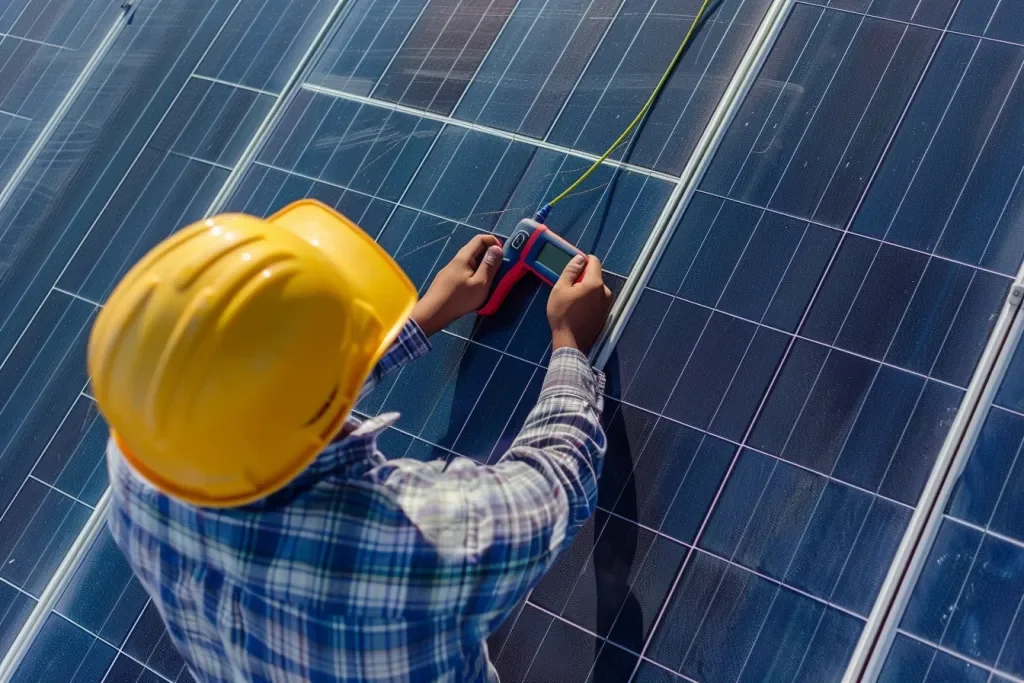
Efficiency is a critical factor when considering solar panels. It determines how effectively sunlight is converted into usable electricity. Factors affecting efficiency include the material of the panel, the angle of installation, and the amount of sunlight the panel receives. Advances in technology have seen efficiencies rise, with some monocrystalline panels reaching over 20%. However, the efficiency of a solar panel is also influenced by its surroundings. Shading, dust, and temperature can all impact performance. Understanding these factors can help you maximize the efficiency of your solar energy system.
The installation process: What to expect
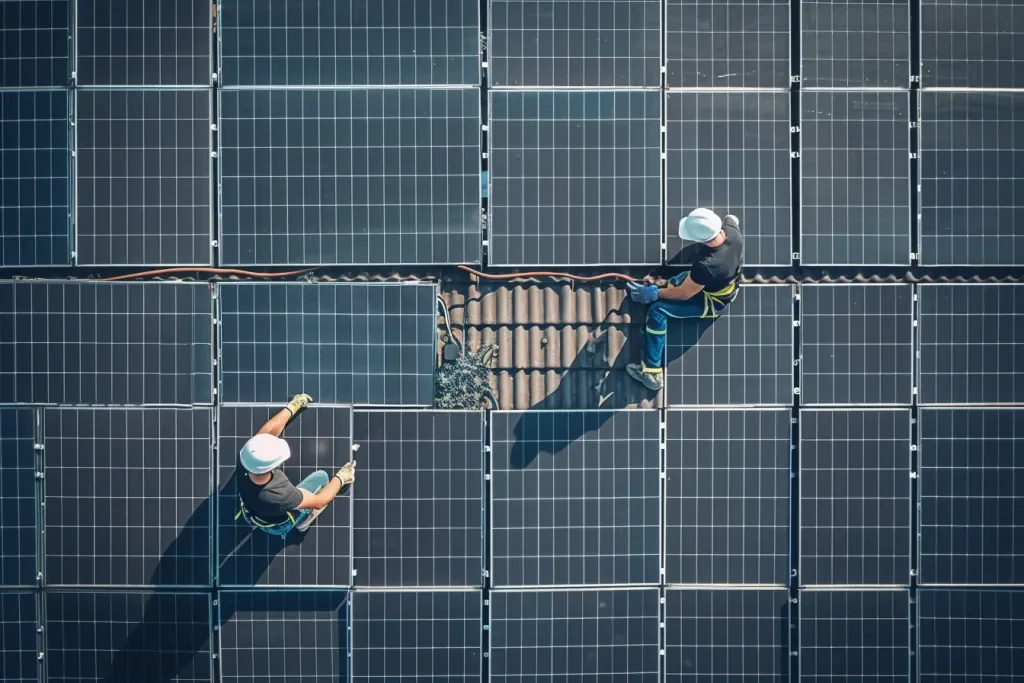
The installation of solar panels is a critical step that requires careful planning and professional execution. Initially, a site assessment is conducted to determine the best location and orientation for the panels. This is followed by obtaining the necessary permits and preparing the installation site, which may involve roof reinforcement. The installation itself involves mounting the panels, connecting the electrical systems, and integrating the system with the grid if necessary. While the process can vary in duration, most installations are completed within a few days. Choosing a reputable installer can ensure that your system is set up efficiently and compliant with all regulations.
Cost analysis: Investment and savings
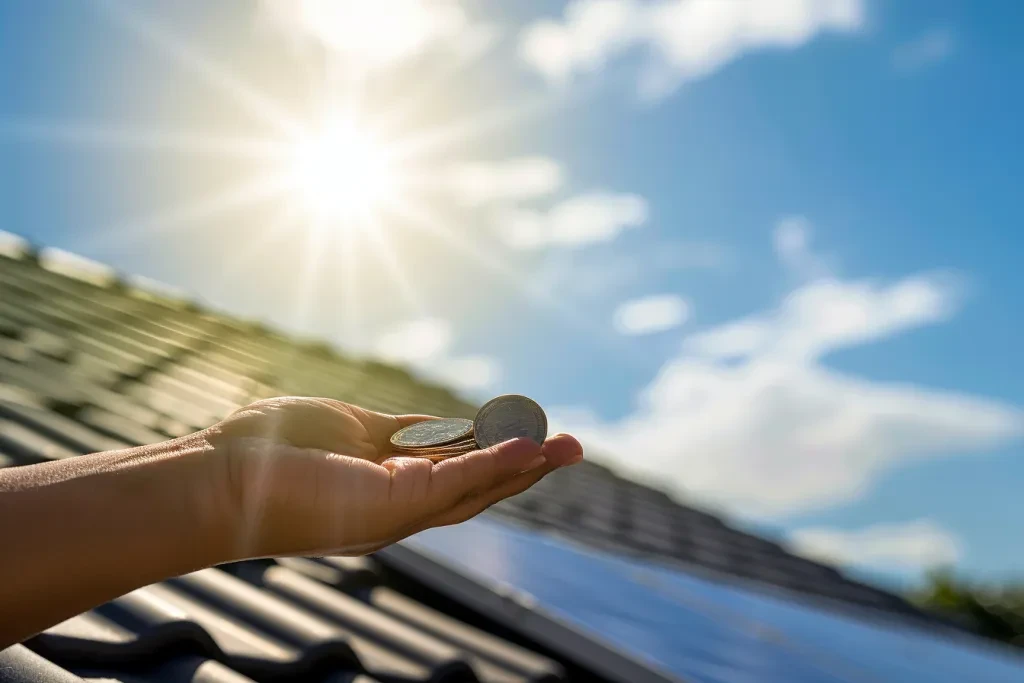
Investing in solar panels is a significant financial decision. The upfront cost includes the price of the panels, installation, and any necessary modifications to your property. However, the long-term savings on energy bills can be substantial. Furthermore, many governments offer incentives, such as tax credits and rebates, to reduce the initial cost. The payback period for solar panels varies depending on factors such as the cost of electricity in your area and the amount of sunlight your location receives. Over time, solar panels can not only reduce your energy bills but also increase the value of your property.
Maintenance and longevity: Keeping your panels at peak performance
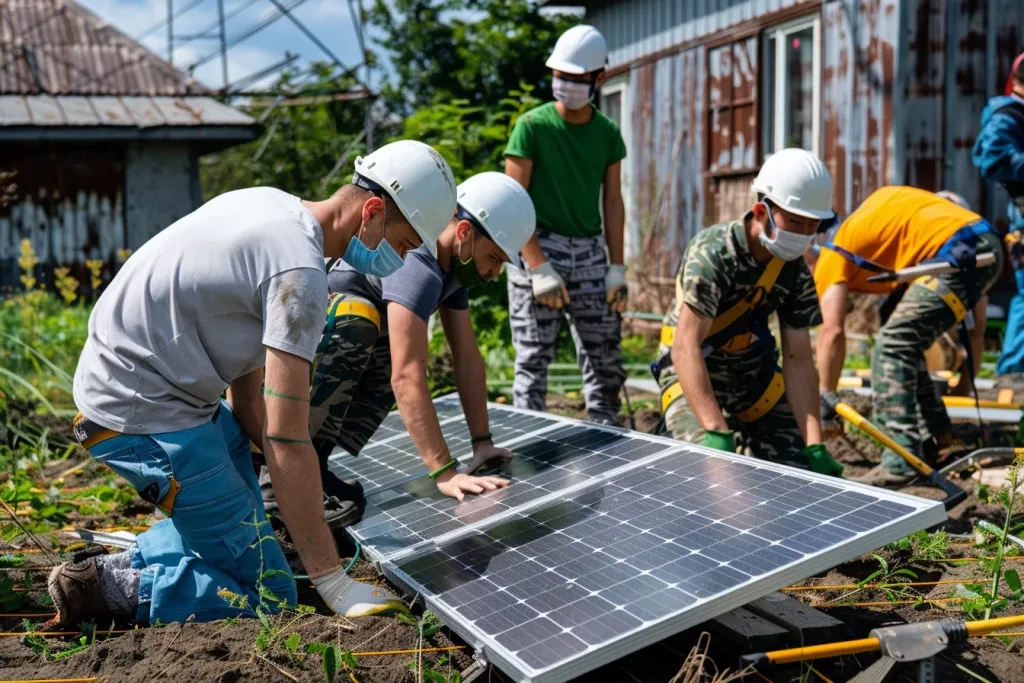
Solar panels are renowned for their low maintenance requirements and long lifespan. Basic maintenance involves keeping the panels clean and free from debris, which can be achieved through occasional washing. Regular inspections can help identify and address any issues, such as loose wiring or damage from environmental factors. With proper care, solar panels can last up to 25-30 years, offering a long-term solution for reducing energy costs and contributing to a sustainable future.
Conclusion:
Solar panels offer a compelling solution for those seeking to reduce their environmental impact and achieve energy independence. By understanding the different types of panels, efficiency factors, installation process, costs, and maintenance requirements, you can make an informed decision that aligns with your sustainability goals and budget. As solar technology continues to advance, the potential for clean, renewable energy becomes increasingly accessible, marking a significant step towards a greener planet.
